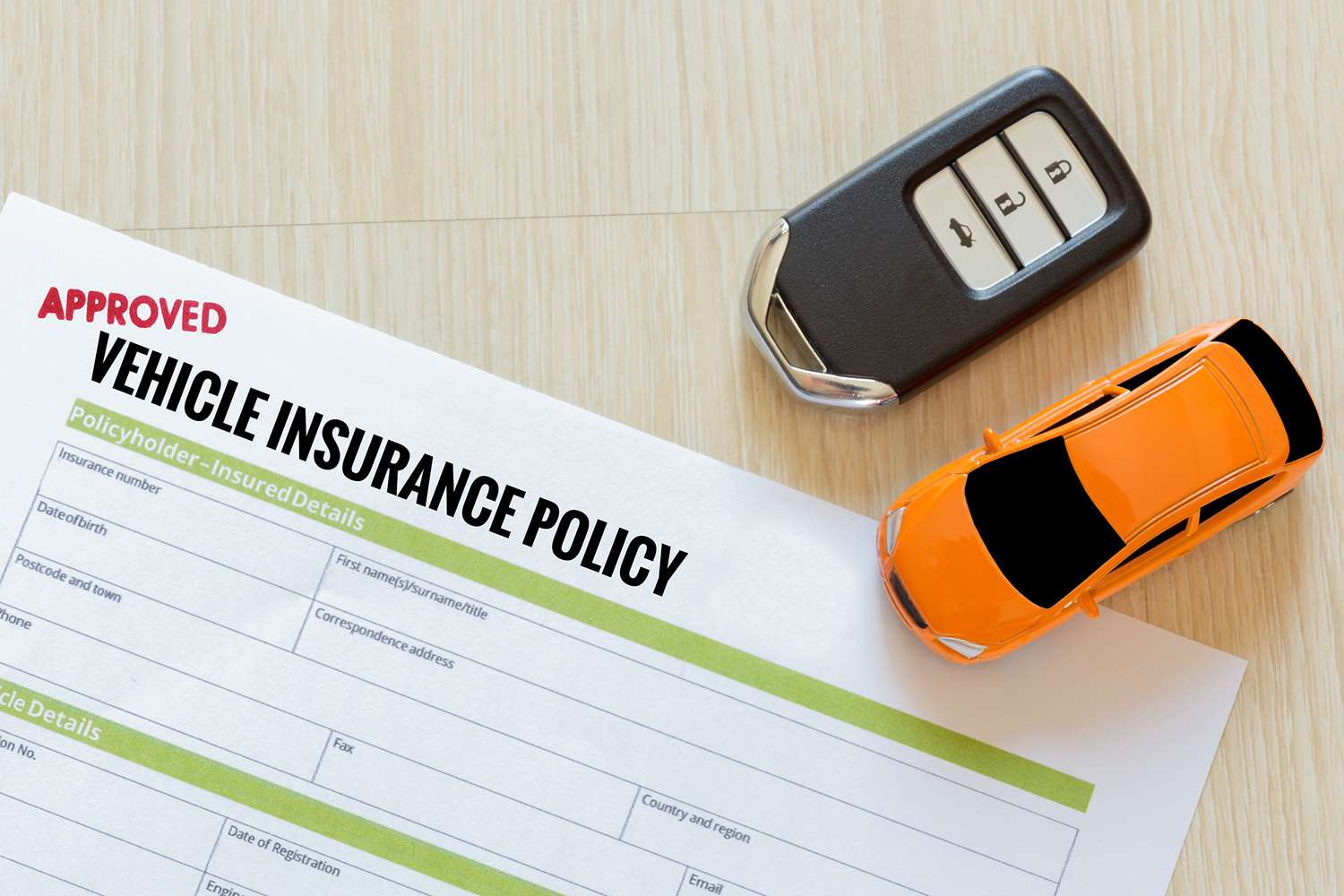Navigating the world of car insurance can be daunting, especially for new drivers. Understanding insurance coverage is essential not only for complying with legal requirements but also for ensuring financial protection in case of an accident. At GET DRIVERS ED, we emphasize the importance of being well-informed about car insurance as part of a comprehensive driver education. This blog will guide you through the basics of car insurance and help you understand what new drivers need to know about coverage.
Types of Car Insurance Coverage
Car insurance is not a one-size-fits-all product; different types of coverage protect you and your vehicle in various situations. Here are the main types of car insurance coverage:
Liability Insurance
This is often the minimum coverage required by law. It covers damages and injuries to other people if you're at fault in an accident. Liability insurance includes:
Bodily Injury Liability: Covers medical expenses and lost wages for other parties injured in an accident you caused.
Property Damage Liability: Pays for repairs or replacement of other people's property damaged in an accident you caused.
Collision Coverage
This type of insurance pays for damage to your own vehicle resulting from a collision, regardless of who is at fault. It is particularly useful if you have a newer or more expensive car.
Comprehensive Coverage
Comprehensive insurance covers non-collision-related damage to your vehicle, such as theft, vandalism, natural disasters, or hitting an animal. It’s often required if you’re financing or leasing a car.
Personal Injury Protection (PIP) / Medical Payments Coverage
PIP covers medical expenses for you and your passengers, regardless of who is at fault in an accident. Medical payments coverage, while similar, generally applies only to medical expenses.
Uninsured/Underinsured Motorist Coverage
This insurance protects you if you’re in an accident with someone who doesn’t have sufficient insurance coverage or no insurance at all.
Choosing the Right Coverage for Your Needs
Selecting the right insurance coverage involves considering your specific needs and circumstances:
Assess Your Vehicle
If your car is new or valuable, comprehensive and collision coverage might be worth the investment. For older vehicles, you might opt for liability coverage and skip collision and comprehensive insurance to save money.
Evaluate Your Driving Habits
If you drive frequently or in high-traffic areas, you might need higher coverage limits. Conversely, if you only drive occasionally, you might be able to adjust your coverage to lower levels.
Consider Your Budget
Balance your insurance premiums with the coverage you need. While higher coverage provides better protection, it also comes with higher premiums. Ensure that your coverage aligns with your budget and financial situation.
Factors Affecting Your Insurance Premium
Several factors can influence your car insurance premium:
Age and Driving Experience
New drivers, especially younger ones, often face higher premiums due to inexperience. Completing a comprehensive drivers ed course, like GET DRIVERS ED, can sometimes help lower premiums by demonstrating a commitment to safe driving.
Vehicle Type
The make and model of your car can affect your insurance rates. Luxury cars, sports cars, and vehicles with high repair costs typically come with higher premiums.
Driving Record
A clean driving record with no accidents or traffic violations can help reduce your insurance costs. Conversely, a history of accidents or violations can increase your premiums.
Location
Your insurance rates can vary based on where you live. Urban areas with higher traffic and crime rates often result in higher premiums compared to rural areas.
How to Save on Car Insurance
There are several strategies to lower your car insurance costs while maintaining adequate coverage:
Shop Around
Different insurance companies offer varying rates and discounts. It’s wise to compare quotes from multiple providers to find the best deal.
Take Advantage of Discounts
Many insurers offer discounts for safe driving, bundling policies (e.g., auto and home insurance), and completing drivers ed courses like GET DRIVERS ED. Ask your insurance provider about available discounts.
Increase Your Deductible
Opting for a higher deductible can lower your premium. However, ensure you can afford the deductible amount in case you need to file a claim.
Maintain a Good Credit Score
In some states, insurance companies use credit scores to determine premiums. Maintaining a good credit score can help you secure lower rates.
The Importance of Drivers Ed in Insurance
Completing a drivers ed program like GET DRIVERS ED not only equips you with essential driving skills but can also positively impact your insurance rates. Insurance companies often offer discounts to individuals who have completed a certified drivers ed course. This demonstrates to insurers that you are committed to safe driving practices, potentially lowering your premiums.
Conclusion
Understanding car insurance is crucial for new drivers. By familiarizing yourself with different types of coverage, assessing your needs, considering factors that affect your premiums, and utilizing strategies to save on insurance, you can make informed decisions that provide both protection and value.
At GET DRIVERS ED, we provide comprehensive drivers ed courses that cover essential aspects of safe driving and vehicle care, including insurance. Ready to gain valuable knowledge and potentially lower your insurance rates? Enroll in GET DRIVERS ED today and start your journey towards becoming a well-informed and responsible driver!


